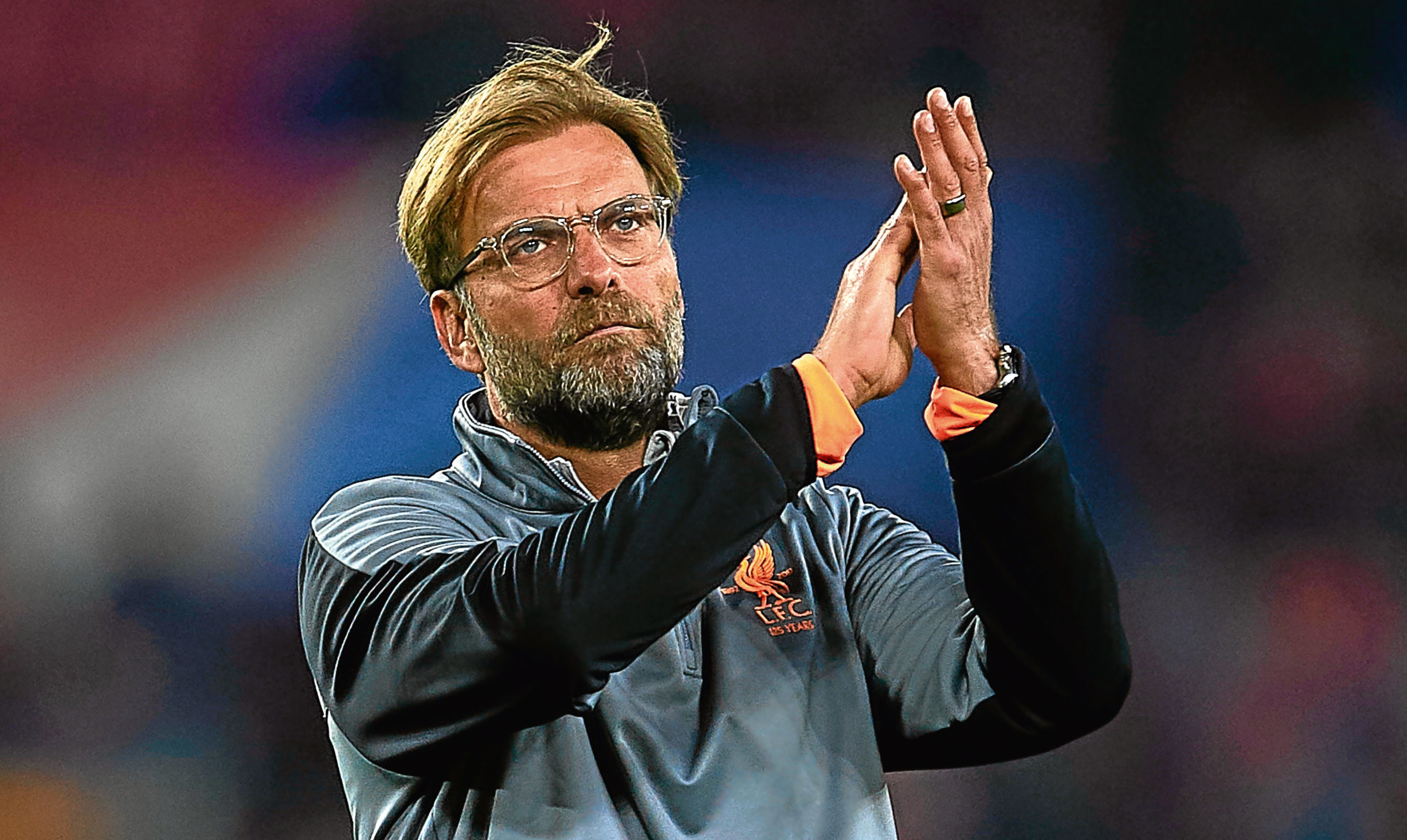
IF, as expected, Jurgen Klopp takes Liverpool to the Champions League Final, he will have done so while providing a masterclass in the transfer market.
The club have made a net profit since the German took over in October 2015, so it will have cost the club less than nothing to reach Kiev.
Klopp has bought a total of 14 players for £221m and sold 19 for £255m, leaving their accounts £34m in the black.
Contrast that with how much it’s cost Manchester City to win the Premier League.
They have spent a net £371m in the last five windows. Almost all of it under Pep Guardiola.
Neighbours United’s net spend while Klopp has been at Liverpool is £252m, all by Jose Mourinho.
Even Arsenal’s expenditure of £86m and Chelsea’s of £72m are much higher than Liverpool’s.
Only Tottenham, who have spent £19m net in two-and-a-half years, come close.
Of course, the major reason why Liverpool’s balance sheet looks so healthy is that they banked £142m for Philippe Coutinho in January.
That covered the cost of Virgil van Dijk, Mo Salah, Andrew Robertson and Alex Oxlade-Chamberlain.
Coutinho is a class player, but his contribution could never have come close to the combined influence that quartet has had.
Klopp’s team is on the brink of the world’s most-prestigious club game, while also maintaining a high standard of results in one of the world’s most-competitive domestic leagues.
And that’s an extraordinary feat for any club operating a transfer market surplus.
Recruitment is a highly-sophisticated business these days. But Klopp has the final say and it’s crystal clear that every signing made – and each sale approved – is targeted towards getting the type of team he wants.
His scouting department might have flagged up Salah’s obvious potential, for instance. But it’s Klopp who has turned him into the best player in the Premier League inside eight months.
He’s also improved virtually every other player he’s bought – Gini Wijnaldum, Sadio Mane, Loris Karius and Robertson being the most obvious.
There’s no one in the Liverpool squad who isn’t worth more now than he was when he came under Klopp’s influence.
He hasn’t gone far wrong with those he’s ditched, either. Christian Benteke, Jordon Ibe, Mamadou Sakho, Martin Skrtel, Joe Allen and Kevin Stewart fetched a total of £92m. None of them has made him regret his judgment.
Klopp is often pigeonholed as merely a high-octane coach, whose main strength is his ability to produce intensity in his teams.
The transfer market tells us he’s more than that. He’s proving just as an effective a wheeler-dealer as Harry Redknapp, with an eye for a player that matches Sir Alex Ferguson.

Enjoy the convenience of having The Sunday Post delivered as a digital ePaper straight to your smartphone, tablet or computer.
Subscribe for only £5.49 a month and enjoy all the benefits of the printed paper as a digital replica.
Subscribe